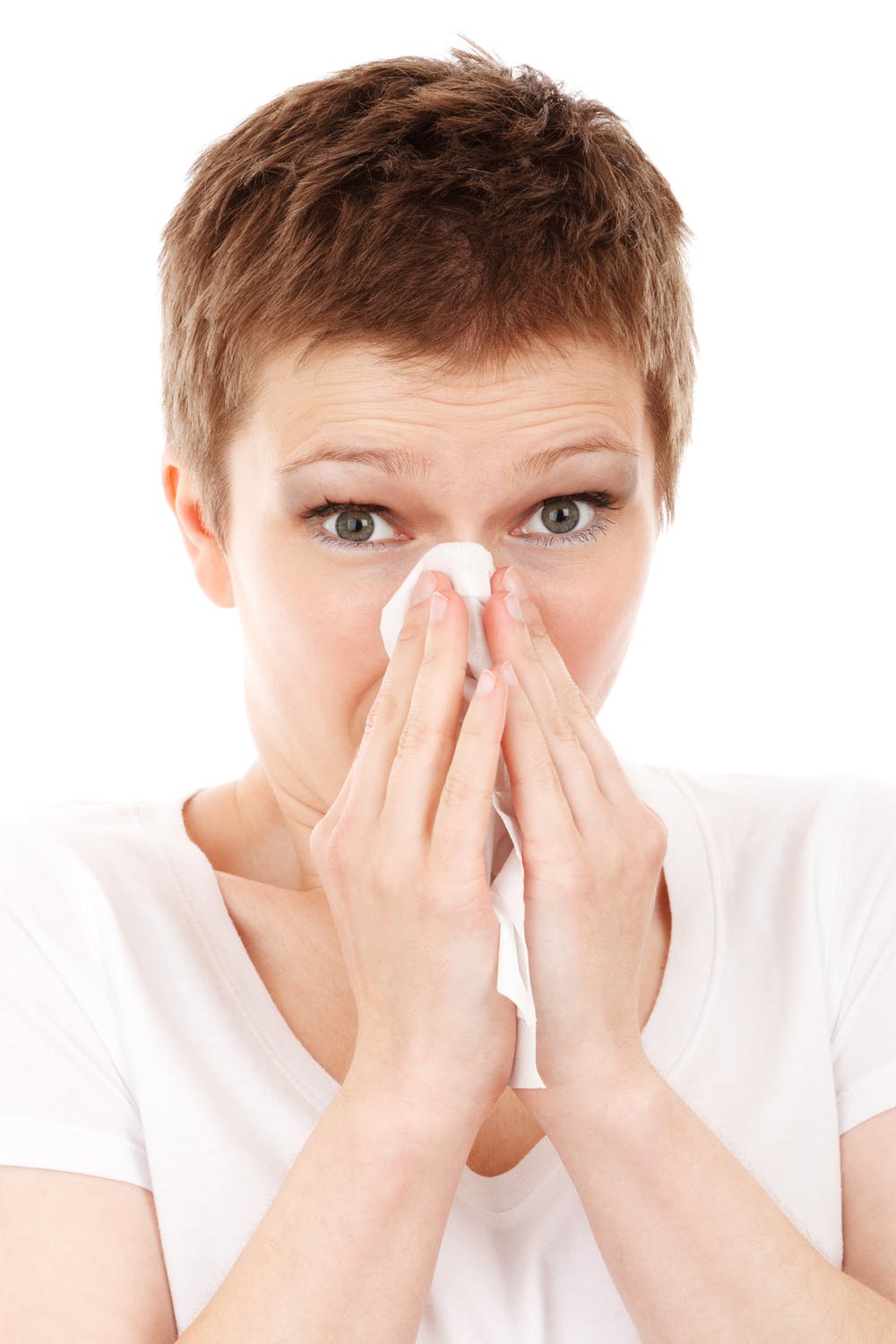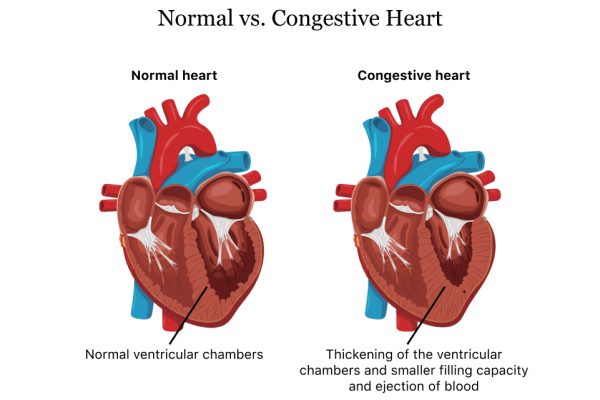Phlegm in your throat is an inconvenience and an embarrassment. It gives you a productive cough which, besides being a nuisance in itself, also negatively impacts the quality of your days and nights.
To get rid of it, you might be tempted to reach for an antibiotic right away, but this is not ideal. Antibiotics shouldn’t be used lightly. These also shouldn’t be used incorrectly.
For the beginnings of a chesty cough, you can simply address it with a good cough expectorant that effectively provides long acting cough relief. However, if you’re worried that your phlegm seems particularly bad, it’s best to see a doctor and get a proper prescription.
Table of Contents
The Lowdown on Phlegm
Phlegm is a watery gel produced at the lower airways. It has mucus laced with bacteria, bits of inflammatory cells, as well as debris. Depending on your immune system, genetics, and climate, phlegm varies in composition.
It comes in a range of colors, from transparent or pale yellow to dark brown or gray. You should pay attention to the color of your phlegm as it is often an indication of the status of your health.
1. White or Gray
This usually comes from an upper respiratory tract infection. When inflamed with a bacterial or viral infection, mucus from the sinus drips down to the throat.
Gray phlegm may have tars or resins from excessive smoking. It could also be from inhalation of dust or smog.
2. Dark Yellow or Green
This usually indicates a viral or bacterial infection in the sinus or lower respiratory tract, but this is not always the case. The greenish hue is from neutrophils, which are white blood cells that help fight infection. They have a green protein in them.
3. Brown
This color is caused by excessive smoking. With the body trying to expel tar, resin, and other particulate matter, it collects all these and ends up with brown colored phlegm.
4. Pink or Bloody
Blood in the phlegm, called haemoptysis, can indicate any of the following, all of which call for immediate medical attention:
- Bronchitis
- Tuberculosis
- Pneumonia
- Pulmonary embolism
- Pulmonary edema
- Cancer
Phlegm Elimination
Whether caused by a minor or a more serious health concern, phlegm is a symptom that you want to get rid of. Taking the following steps can help you eliminate phlegm or manage its effects on your body.
1. Keep the air moist.
More phlegm can form when your throat is irritated by dry air. Using humidifiers works. If you don’t have one, you can leave the bathroom door open while showering or you can place a bowl of water on your radiator.
2. Hydrate.
Fluids can loosen the phlegm and aid its draining, helping clear up your airways. Water, tea, and soup are your best bets. Water doesn’t have possible irritants while tea and soup are warm and quite effective at thinning mucus.
3. Elevate your head.
If you’re resting your chesty cough away, be sure to bolster your head up on pillows so your phlegm doesn’t pool at the back of your throat and cause bad coughing fits.
4. Cough it up and expectorate.
It may be gross, but spitting it out is a healthier way to deal with phlegm than suppressing it. Take a chesty cough syrup to aid the process.
5. Gargle with warm salt water.
Salt has healing properties, helping reduce swelling and soothe irritation. When gargling with it, you also clear away residual phlegm. Do this several times a day.
6. Use eucalyptus oil.
It has been used to treat cough since the olden days. Many commercial cough medications actually have eucalyptus oil in them. You can apply some to your chest (with carrier oil) or diffuse it with a humidifier.
7. Avoid irritants.
There are substances that irritate your throat and lower airways, such as harsh chemicals, scents, and air pollutants. Make sure that your environment is as wholesome as possible.
Irritants may also come in the form of food, so avoid those containing allergens such as dairy, gluten, shellfish, nuts, etc. Alcohol and caffeine are not recommended either as they have dehydrating properties.
Symptom Away
Phlegm is not a symptom you want to wait out. It’s bothersome with a decidedly negative impact on your productivity and comfort. It’s best to work on eliminating it even as you wait out or treat its actual source.





